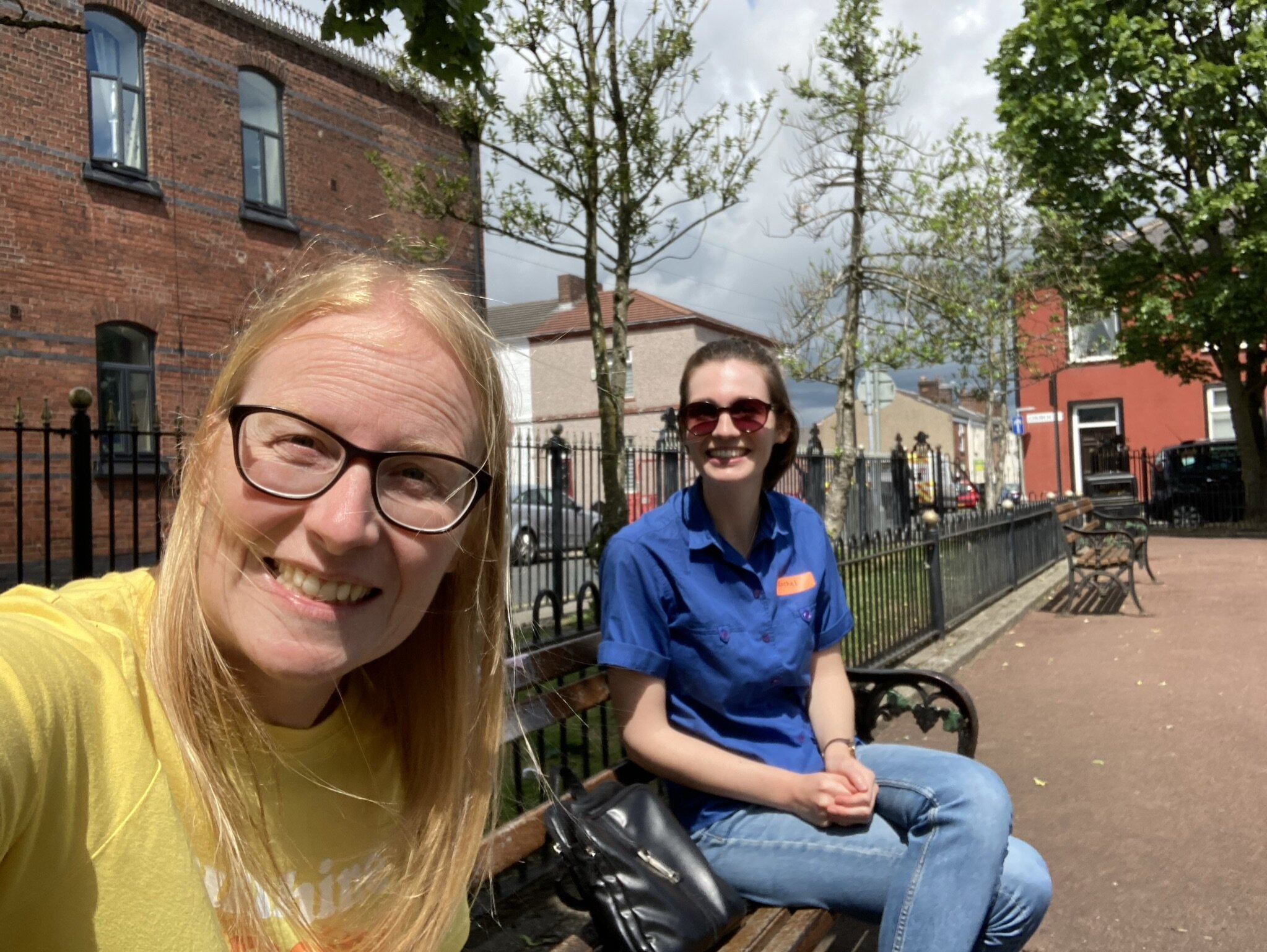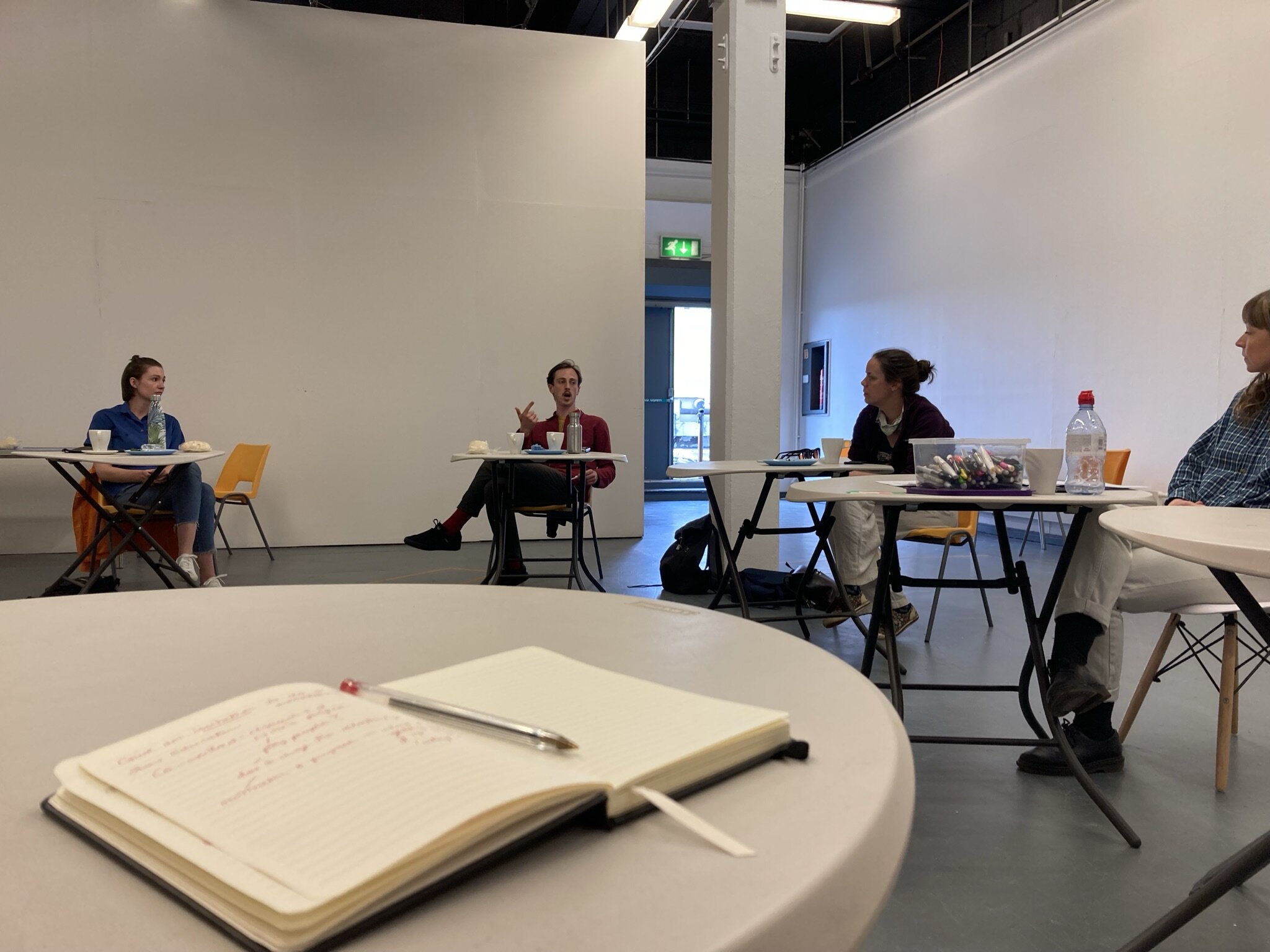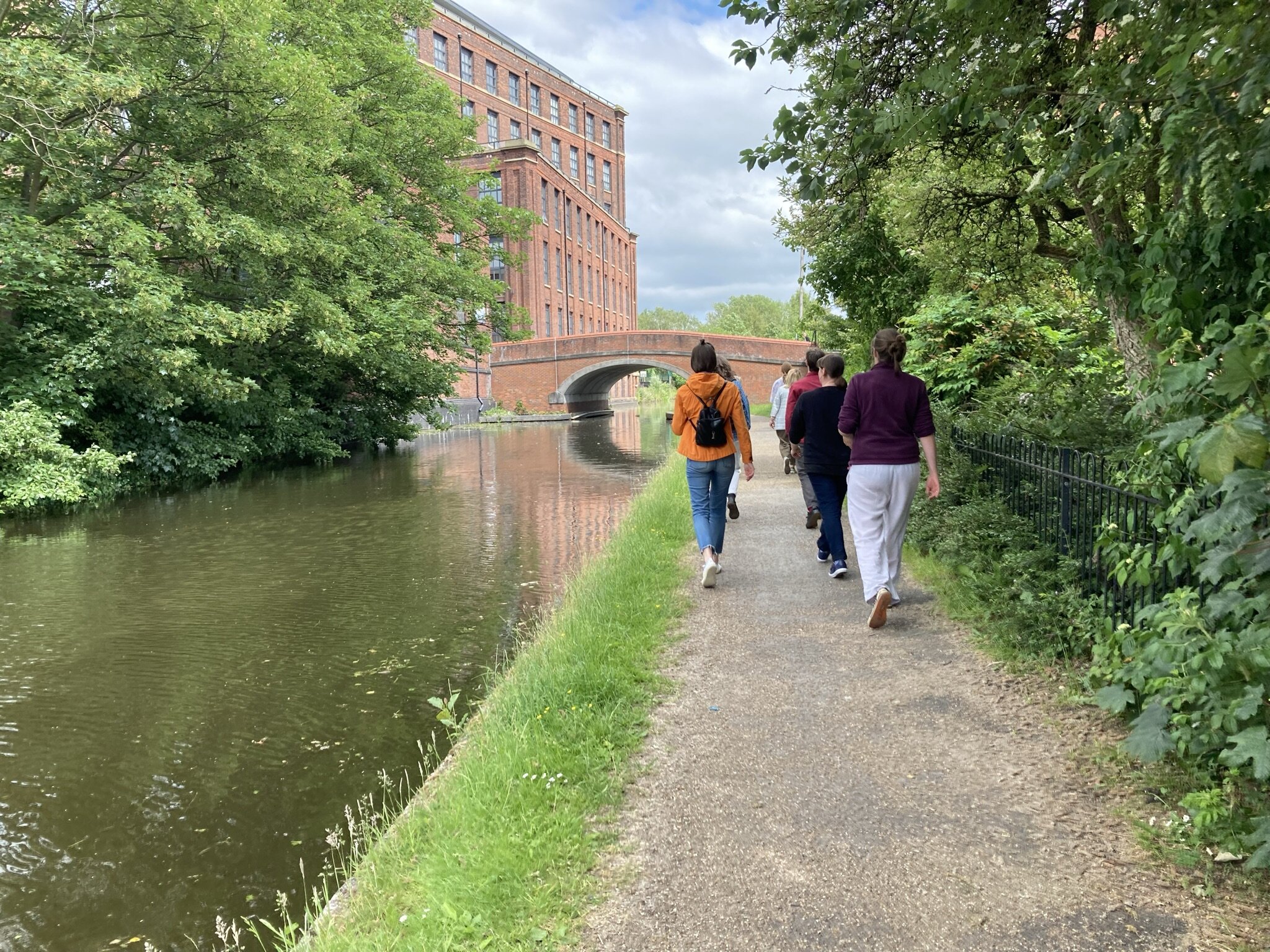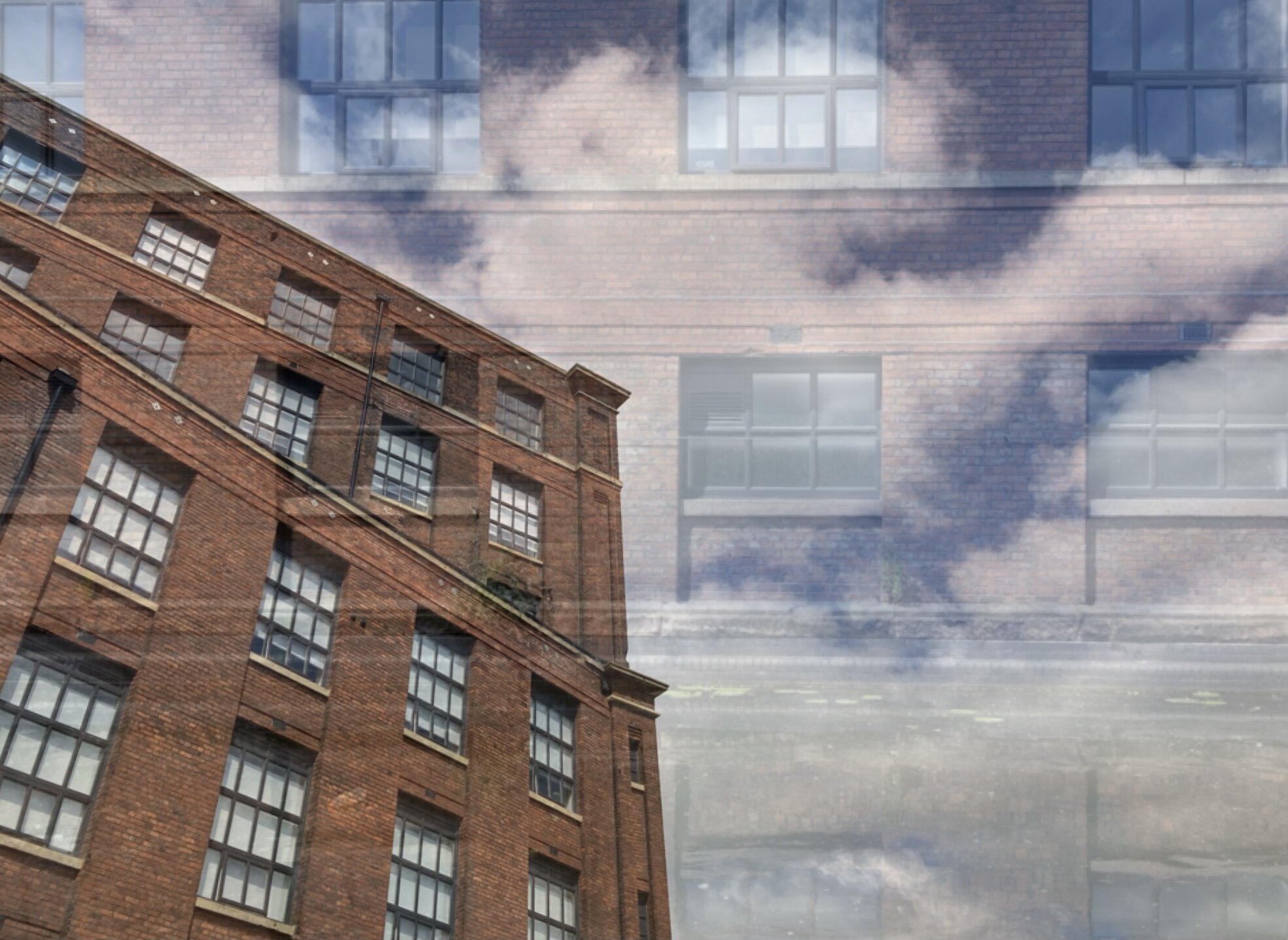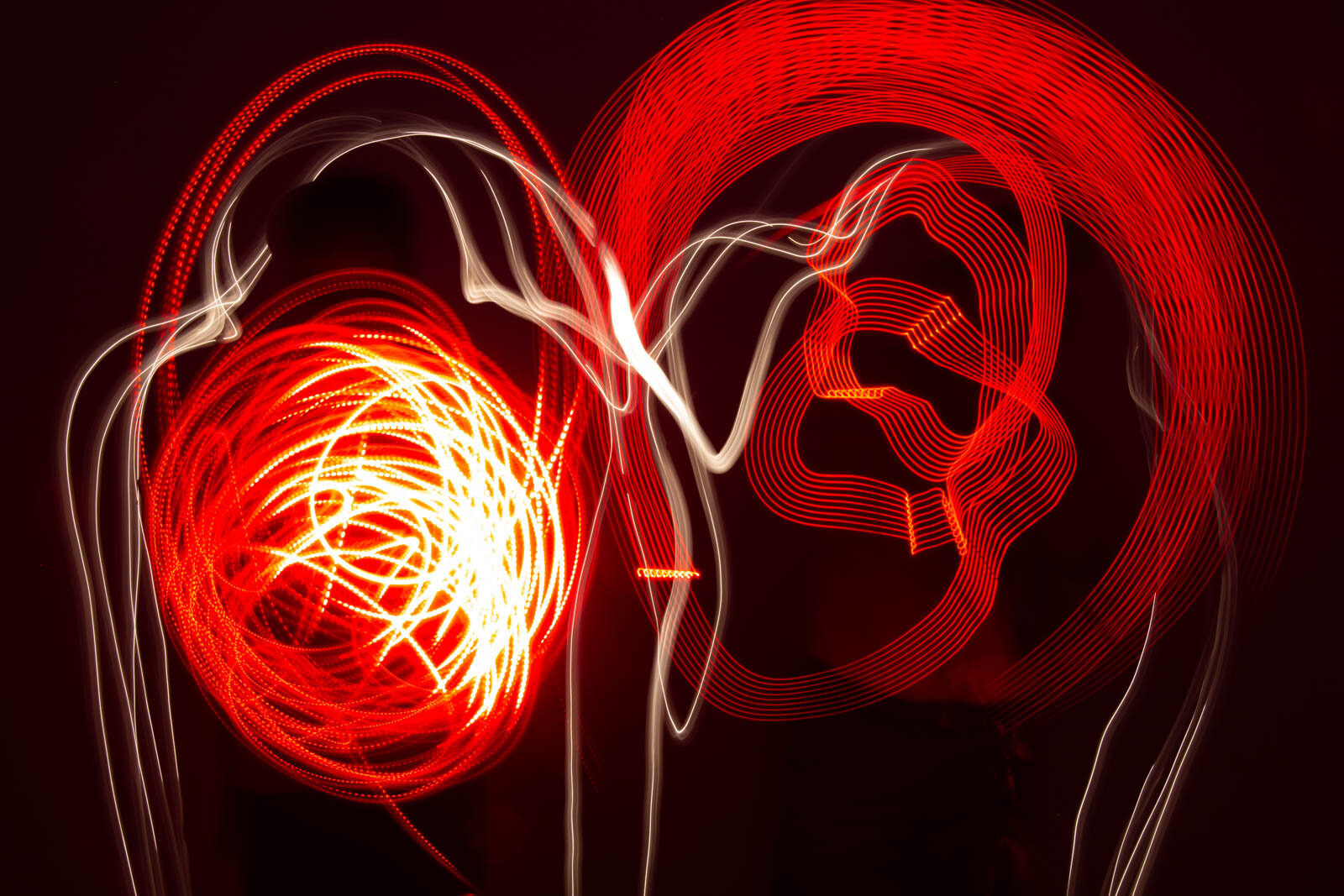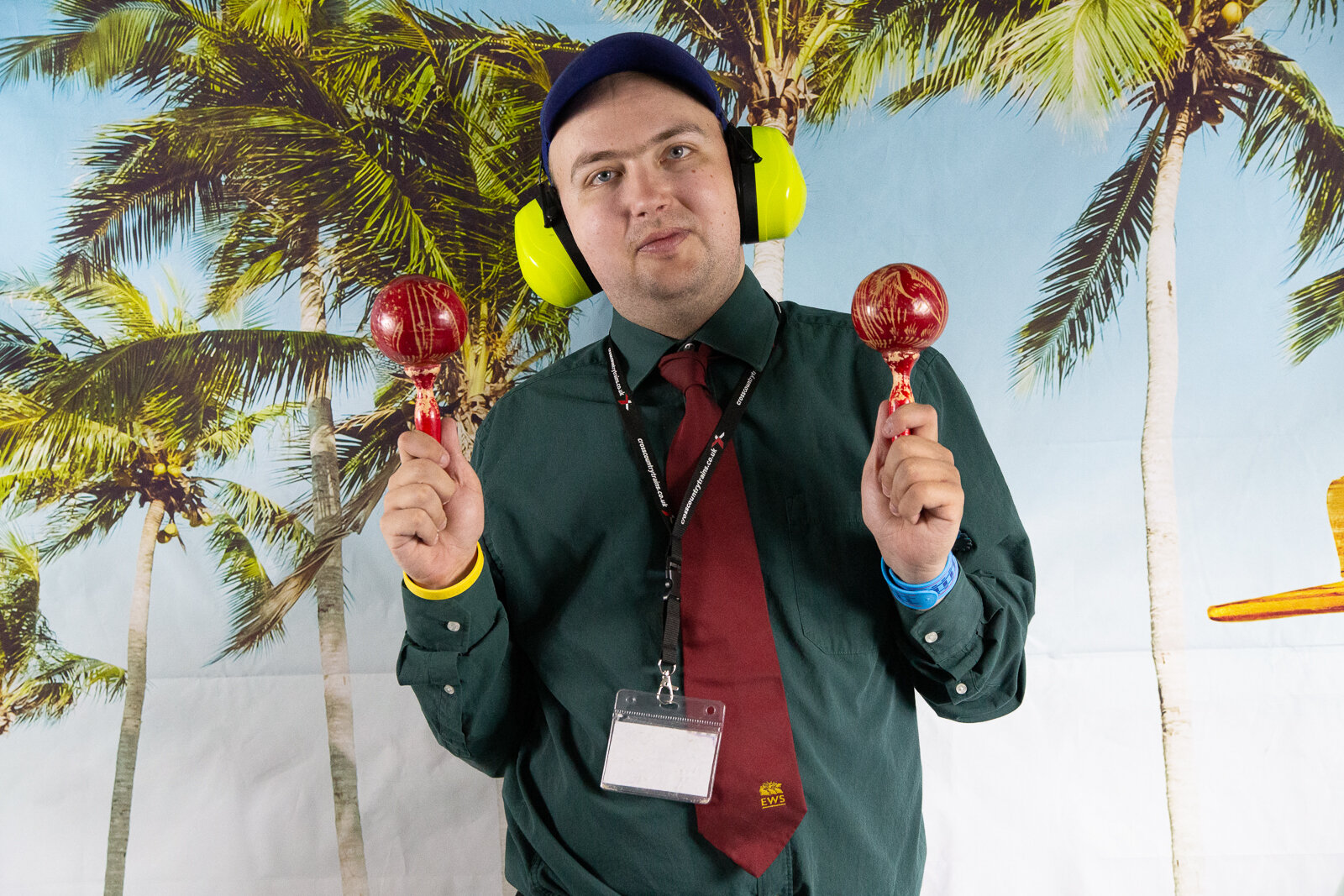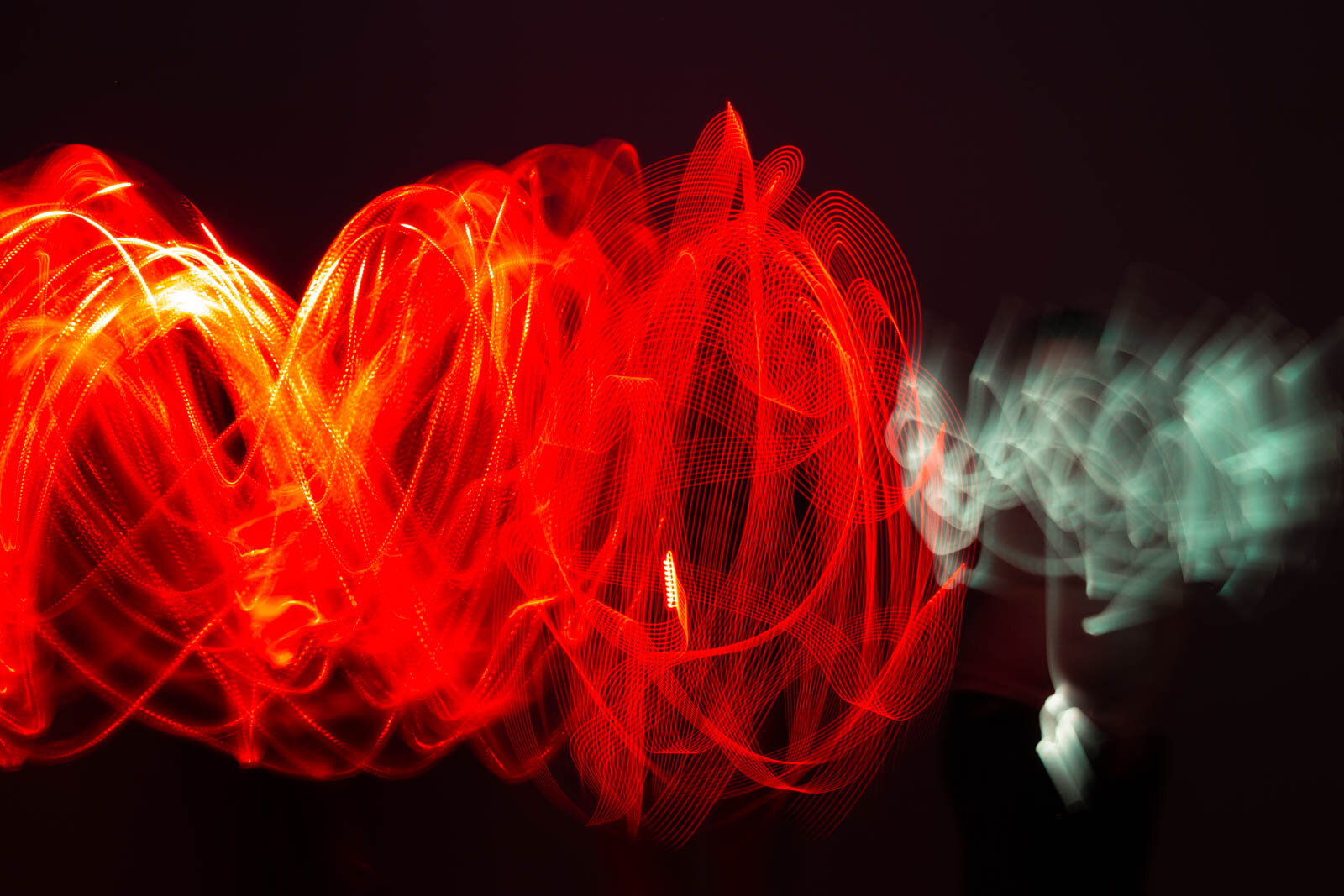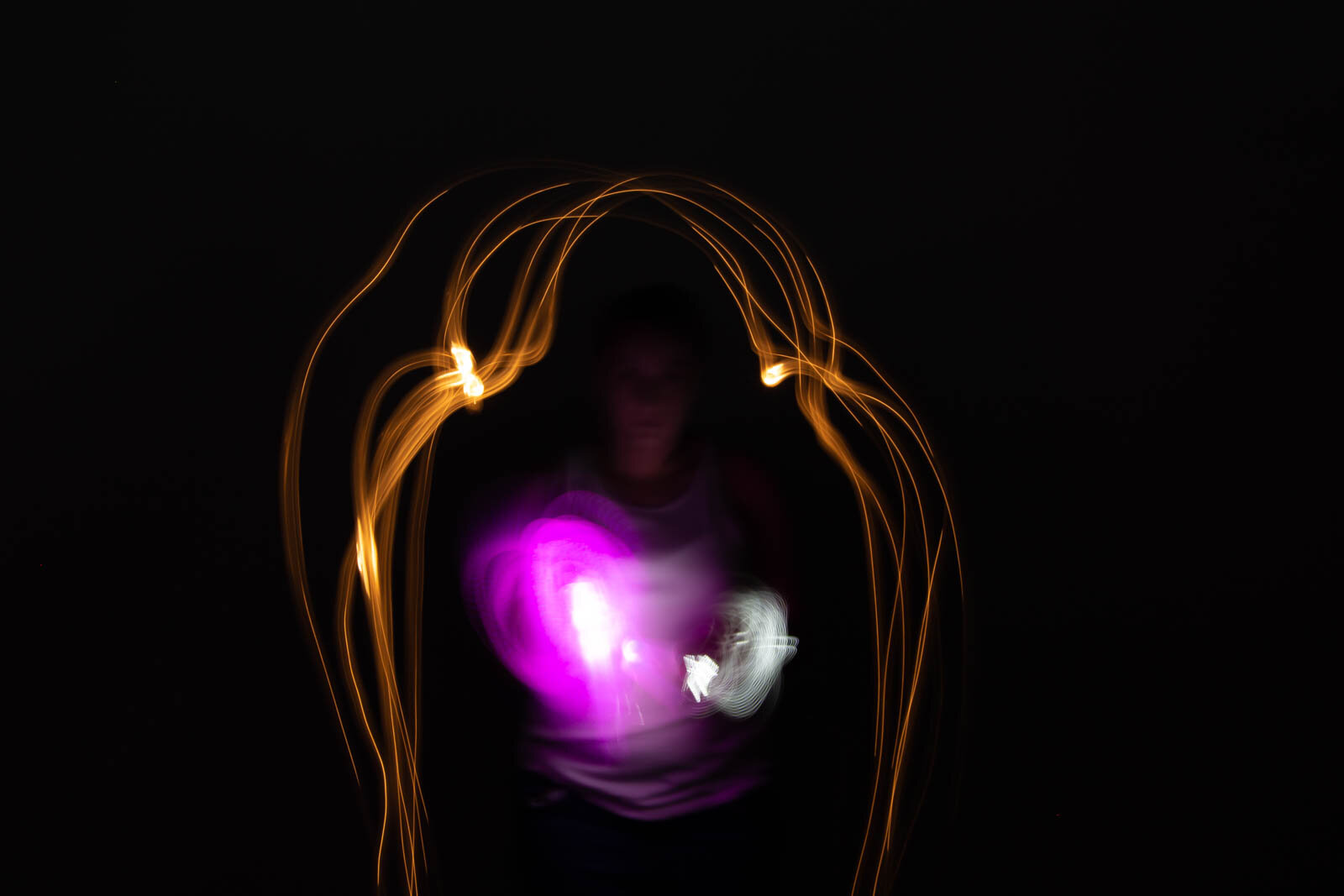making of us UPDATE reflections on learning #4
This is my fourth blog in this series reflecting on my professional development journey whilst on the Making of Us programme.
An update on delivery and training
We’re coming to the eighth and final week of delivery with our learners from True Colours at The Turnpike. In week 4 as I mentioned in my last blog, we asked the learners to brainstorm topics they were interested in covering over the final weeks of the programme and they voted for their favourites. We also reviewed the first few weeks and considered what they’d enjoyed the most/least and what they might want to do more of. The learners’ topics all linked in with an ‘around the world’ theme – food, travel, holidays so we’ve ran with for the final weeks. In week 5 we led with France, and the learners created their own food styling flat lays; week 6 was Spain so the learners used the dressing up items to create and shoot their own portraits of each other; and in week 7 we went back to light painting (on request!) to focus on China, using lanterns and dragons as inspiration for our own artwork. In all of these sessions I’ve felt like I’ve played more of an equal role than previously, with the learners all having a little more agency than previously in making their own decisions, and in the latter two weeks using the DSLR with some support.
One of the best parts of the programme so far has been the opportunity to connect and share experiences with other artists on the programme. On the 11th June we finally got to meet each other for the first time in person (rather than Zoom!) at a brilliant ‘away day’ where we made bread, had some paired and group discussions and a walking meeting around Leigh. Nicki Colclough shared her work and experience as a socially engaged practitioner, and it was great to think about our practice and talk about the challenges/successes everyone had been having. The discussions we had around practice, definitions and terminology really helped me see that I’ve been getting too hung up with the semantics of the definition ‘socially engaged practice’. For me, whether you call your work with communities ‘community’ art, participatory art, or socially engaged art it’s basically all about inclusion. I’m particularly keen on Tate’s definition and I’ll be using this from now on when and if I have a wobble. At the core of my socially engaged practice is the need to ensure everyone is equally included in the conversation and/or creation. And that’s actually what I’m looking at with my Arts Council England DYCP grant which I was awarded recently.
Learning points
It reaffirmed my role as a socially engaged artist as being the instigator of conversations – and that those conversations don’t need to be recorded or ‘made into something’ in anyway
It made me think about how to honour care of participants; thinking about care of the person rather than care with the end product
It’s important to consider the arc of sessions – facilitators vs collaborators (and how that arc links with Tuckman in terms of getting people to work effectively together)
It has encouraged me to think more about motivation and purpose, what’s in it for participants rather than the artist?
It’s about being responsive to topics/themes/ideas that participants share; the notion of ‘being responsive’ is one I’m a bit scared of as I’m so used to planning and structure so that’s something I’m going to need to work on
Give participants ‘an invitation’ to do something (I liked the language Nicki used with that - an ‘invite’)
Socially engaged practice projects take time – if a brief is stipulated as socially engaged but it’s over a short period of time, it’s unlikely to be truly socially engaged work.
What I’m still thinking about
Different ways to use photography to open up conversations
The idea of ‘care’ and where it fits with socially engaged practice
I absolutely love working with community groups and find it a complete joy – how can I do more of it, and build it into my existing commitments alongside commercial work?
What opportunities are there locally for me to develop projects and seek funding for those?
What opportunities are likely to come up that might push me even further?
How my creative practice falls between the intersection of arts and health, and whether my role is about creating and/or instigating ‘useful art’.
You can find out more about the Making of Us programme on the project website or follow #MakingofUs on socials.
Above images: top row image credit: Marge Bradshaw, bottom row image credit: True Colours learners
